Year: 2024
-
An Anonymous BYU Honor Code Office Experience
An Anonymous Account of an Experience with the Honor Code Office at BYU and its Aftermath that was Submitted to T&S as a Guest Post. Surprisingly, after the initial rush of dread the first feeling after seeing the pop-up message on the screen was one of relief. I had been caught, would be reported…
-

Nephite Succession Crisis
It was a coup (or divine providence) that Nephi and his brothers Jacob and Joseph were able to assert themselves as religious leaders in this new land, spiritually guiding thousands who were already in the Americas. Emerging as the political leaders of this large, mostly non-Jewish People of Nephi was trickier. Nephi’s inspired leadership, however,…
-
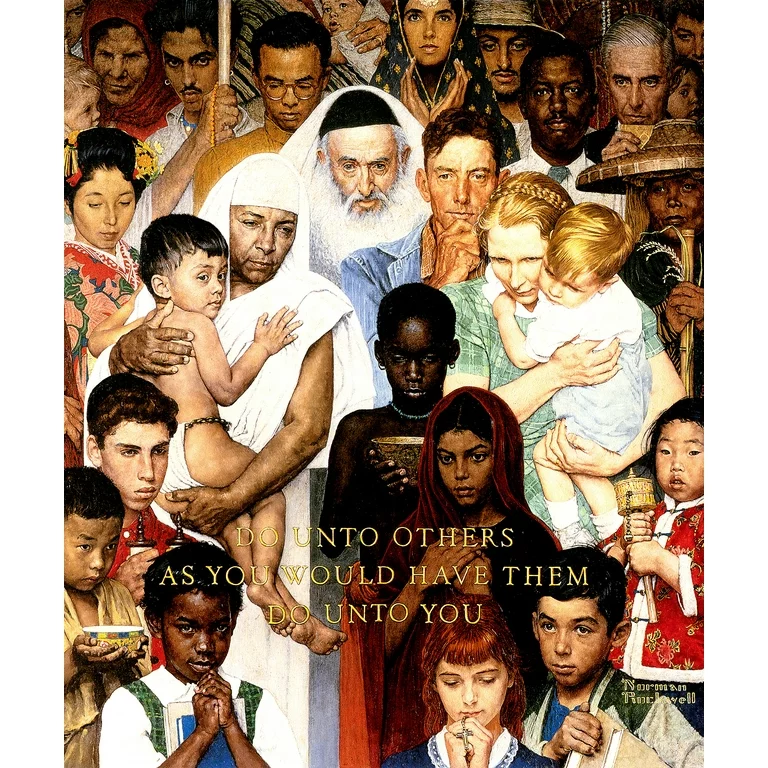
My “Sacred Envy” List
“Sacred Envy” is the well-known idea (at least in Latter-day Saint circles) of having the humility to recognize some positive attributes of other faiths, so I thought I would make my “sacred envy” list. To be clear, the Church of Jesus Christ of Latter-day Saints is my faith because I think it is the best…
-
The original sins of Mormon blogging
If the discussions here and at sites like this one are sometimes less than satisfactory, it’s partly because of unstated conventions and informal norms that got started nearly two decades ago and that we’re often barely conscious of today. Two especially need to be rethought.
-

Addressing One Part of the Female Ordination Question
And yes, if women ever receive the priesthood I’m sure it will also be given to sisters with extra fingers. Female ordination is one of those issues that is built on so many premises that are themselves so potentially polemical that it would take a ten-part series to walk a true believer and a true…
-
Theology in Mosiah
One of my favorite sets of publications in recent years are the Brief theological introductions to the Book of Mormon. James E. Faulconer’s excellent contribution to the series is the volume focused on the Book of Mosiah. In a recent interview at the Latter-day Saint history blog From the Desk, Faulconer shared some of his…
-

“All Those Who Would Go with Me”
As the Lehites increasingly mingled with the locals, there eventually arose a division, accelerated upon the death of their patriarch Lehi. Part of Lehi’s family (led by Laman) was attracted to a hunting and gathering lifestyle. Likely, this way of life was common among the Native Americans they were interacting with in the Land of…
-

Christ-Like Living According to “The Godfather”
In the Godfather Part III (I know, I know), in response to his protege threatening to knock off a competitor, Mafia don Michael Corleone quips “never hate your enemies, it affects your judgment.” This is a common theme throughout the Godfather series, also embedded in the (in)famous “it’s not personal, strictly business” line. The cold-hearted…
-
Septuagint
When Jesus and the early Christians talked about the scriptures, they were using a version that is different from the manuscript basis of most English translations, including the King James Version that is so often used in Latter-day Saint circles. In a Hellenistic world, they relied on the Septuagint—a Greek translation of the Tanakh (Old…
-

My Spirituality Stack
I’m a sucker for those lifestyle influencers that show off their green smoothie stacks. Even though I know that 99% of supplements are scams that don’t pass the double blind, RCT standard, at the very least it’s still health-motivating to see somebody cram a bunch of greens into a blender (although, to save you time,…
-
Rethinking the OT Narrative
Christians expressed concerns about stories and divine commands in the Old Testament since early in Christian history. Setting aside Isaac and Abraham, things get so much worse with the conquest of Canaan and all the genocidal commands. Christians have long attempted to make sense of the contrast of the significant difference between the divine commands…
-

How Do Members Explain the Priesthood and Temple Ban?
Black man ordaining another Black man in the style of African folk art Stephen Cranney and Josh Coates This is one of a series of posts discussing results from a recent survey of current and former Latter-day Saints conducted by the BH Roberts Foundation. The technical details are in the full methodology report here. The…
-
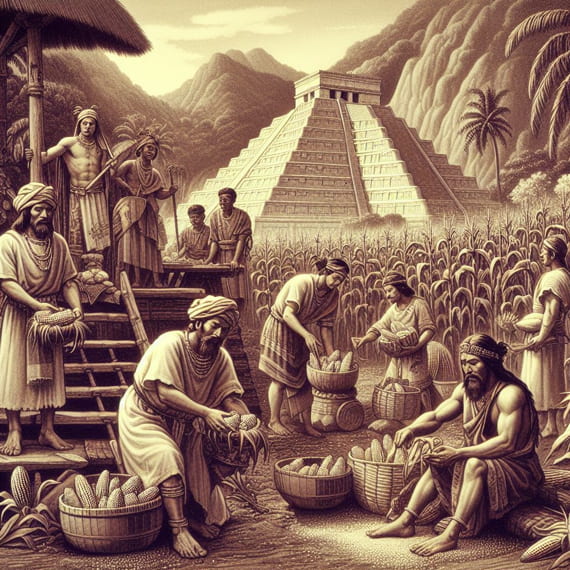
Lehi’s Thanksgiving
I envision Lehi and his family encountering some curious native villagers near their initial landing beach in the Promised Land. I can imagine that the first Native Americans to see these strangers from the Middle East sailing to their shores in a vessel larger than any canoe may have viewed them as gods. From Christopher…
-
On Willard Richards
I’ve written previously about the reality that many of the counselors in the First Presidency of The Church of Jesus Christ of Latter-day Saints have a huge impact on the Church, but they may not always be remembered by the general membership after a generation or two. I made that remark specifically with George Q.…
-
The Tribes that Greeted the Lehites
As we read the Book of Mormon, we will better appreciate its authenticity if we see its stories in the context of the Nephites and Lamanites continuously bumping up against Native American tribes who were already in the Americas. The Promised Land was not an empty land, as many throughout Church history sometimes imagined. In…
-
What Historical Claims Does God Insist We Believe?
I mean that question in terms of scriptural claims, especially related to the Old Testament. Readers may be aware of scholarly skepticism of the existence of major biblical figures and events and I’ve often gotten the sense from my fellow members and other Christians of seeing scholars with such views as problematic, secular people not…
-
Cutting-Edge Latter-day Saint Research, April 2024
Apologies for the length in advance. A lot of people had things to say about the Church and its members this month! Carr, Ellen Melton. “Fountains of Living Waters: How Early Mormon Irrigation Innovated the Legal Landscape of the West.” Oil and Gas, Natural Resources, and Energy Journal 9, no. 3 (2024): 361. There was…
-

Temple Architecture and Local, Native Styles
Longtime readers may recall that I started to do a series on “temple architectural heritages” a while ago. I eventually aborted it since the subject was too big and unwieldy. Still, I’m looking forward to the day when somebody puts together a glossy coffee table book with not just pretty pictures, but also the architectural…
-
The Merger of Mormonism and Right-Wing Evangelism
During the first half of the 20th century, Mormons were not only proud of their Church, but were proud to be Americans. Mormons tended to vote in similar ways to residents of the rest of the country. Thirty years later, in 2008, we moved back to Utah. What I found shocked me.
-
“What about Agency?” – Should Latter-day Saints Be Pro-Choice?
“I’m pro-choice because I believe in agency.” “Women should be free to choose.” “I’m personally pro-life, but other people should have the ability to choose abortion.” I hear these comments all the time from members of The Church of Jesus Christ of Latter-day Saints. Many loud voices popularize these claims; even prominent Latter-day Saint voices…
-
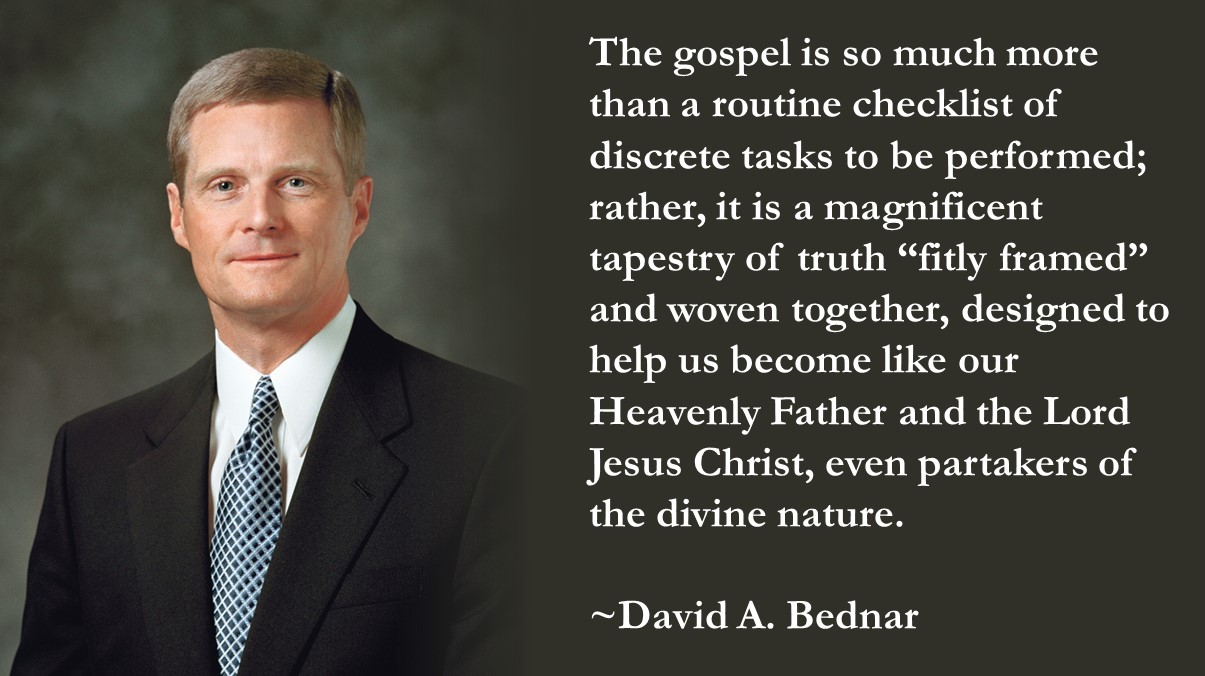
Thoughts on David A. Bednar
I recently worked on reviewing the addresses of Elder David A. Bednar to put together a David A. Bednar quotes page over at From the Desk. As I worked on it, I noticed some interesting patterns and other observations that I thought I would share. These include a standardized structure he seems to follow, some…
-
My Atheist Conversion, 3: A Lack of Theology
My own research played a role in the atheist conversion I described in previous posts. Like I said, I believe I’ve been able to track down the sources of all Mormon ideas from books to Joseph Smith, which, like I said, was something I’ve been generally okay with. Again, this was a gradual process for…
-
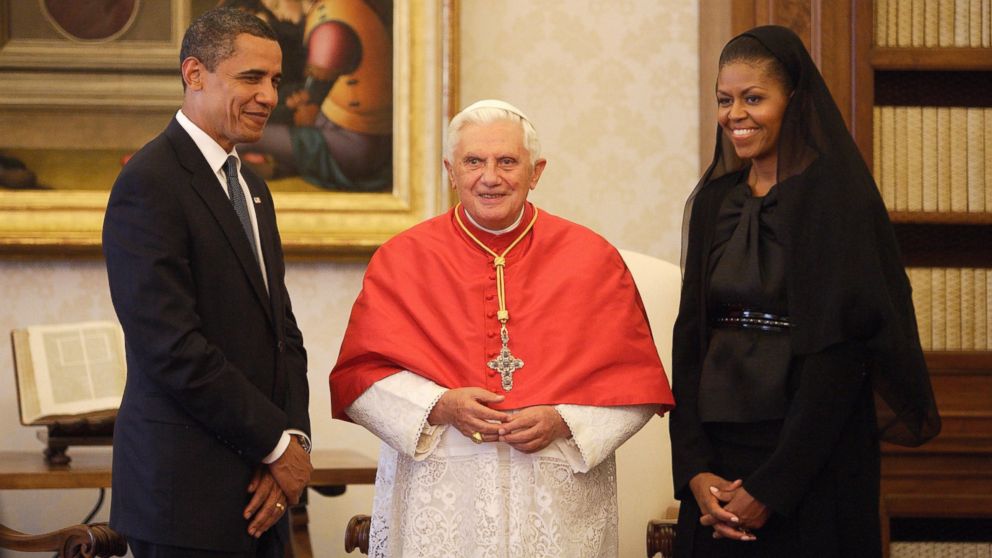
My Mansplaining About Modesty
There are few issues in the Church as touchy as modesty. Every society has their lines for what is considered in poor taste on the revealing side or conversely too demure in the other direction, while the Church is consistently a few clicks to one direction on that continuum, making this one of those issues…
-
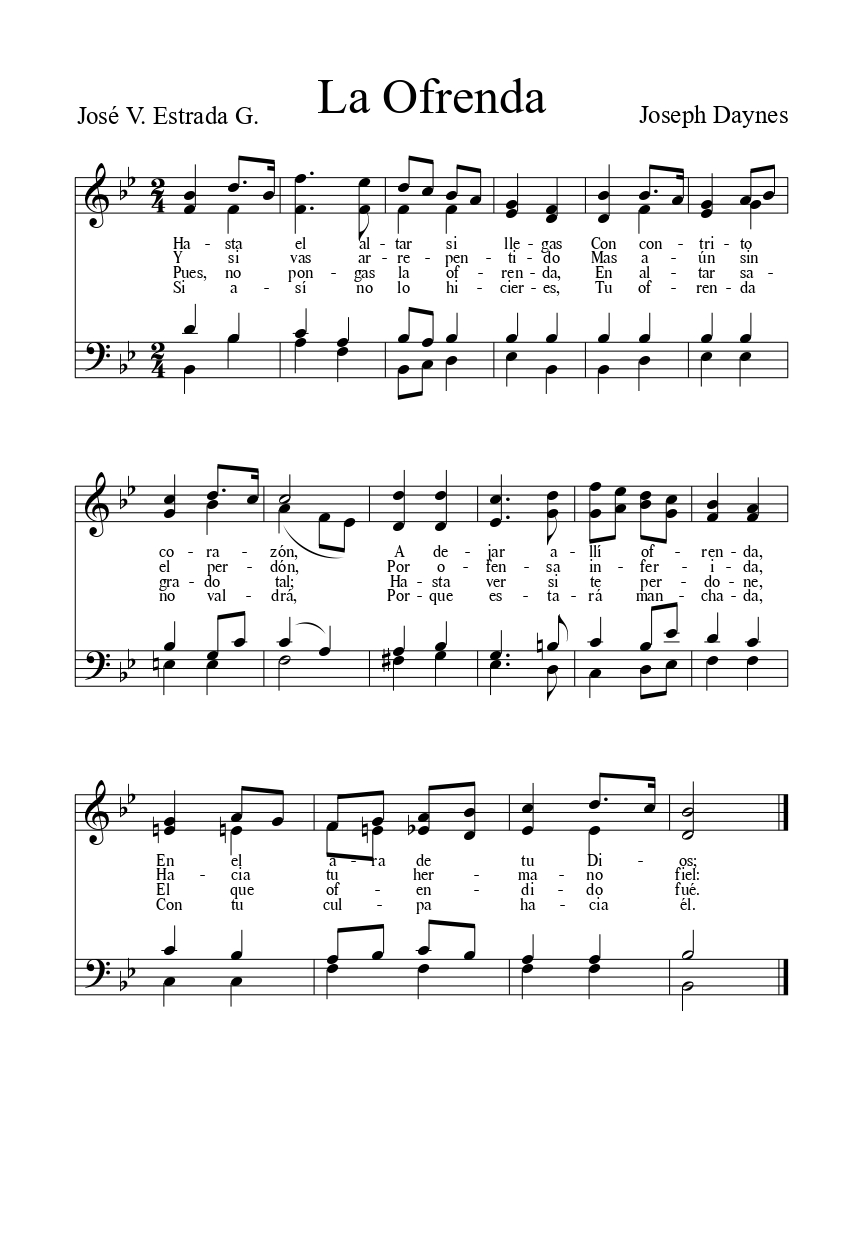
“La Ofrenda”
“La Ofrenda” is a sacrament hymn written by José V. Estrada G. It is possible that it was based on “Venid Hermanos En La Fe” by Edmund Richardson or drew inspiration from similar places. It is one of the hymns that was only published in the 1912 edition of the Mexican mission hymnals.
-
The Copper Scrolls
One of the more interesting finds among the dead sea scrolls is a text that was written onto copper rather than papyrus of animal skin. It’s a unique find, and has become an area of interest for the noted scholar George J. Brooke, who recently spoke with the Latter-day Saint history blog From the Desk…
-

How Often Do Members Pray?
Stephen Cranney and Josh Coates This is one of a series of posts discussing results from a recent survey of current and former Latter-day Saints conducted by the BH Roberts Foundation. The technical details are in the full methodology report here. How often do members pray? This is one of those standard questions that…
-
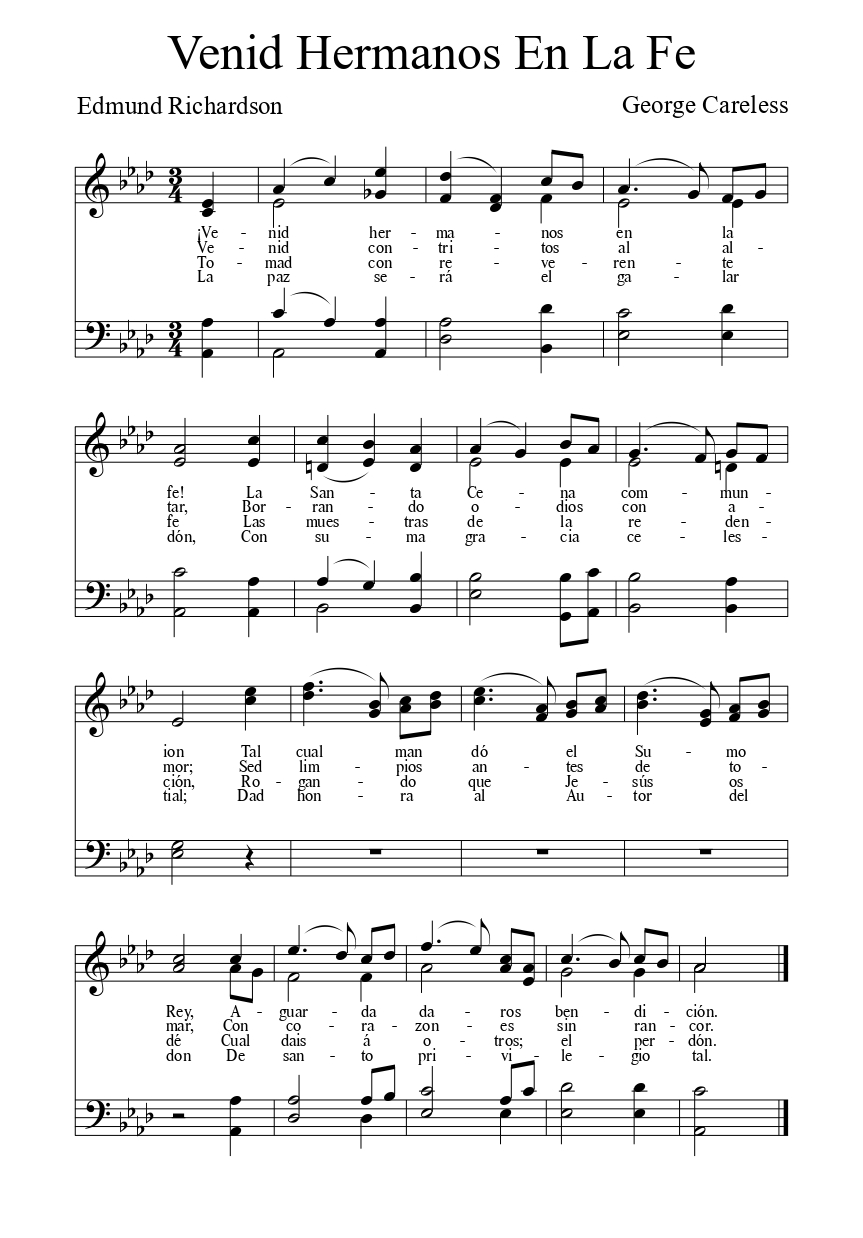
“Venid Hermanos En La Fe”
“Venid Hermanos En La Fe” is another example of the prolific hymn writer Edmund Richardson. It bears some notable resemblances to “La Ofrenda,” another sacrament hymn written by José V. Estrada G., though the Richardson text was written first.
-

The Going-Back-On-The-Mission Dream
Anecdotally, a common recurring dream among members (and a lot of ex-members) is the classic “return-to-the-mission,” where somebody is called to be a missionary again in middle age. Dream interpretation can be irresistible to conjecture about, but any particular interpretation is ultimately non-falsifiable. While it makes sense that that particular dream is manifesting some Freudian,…
-
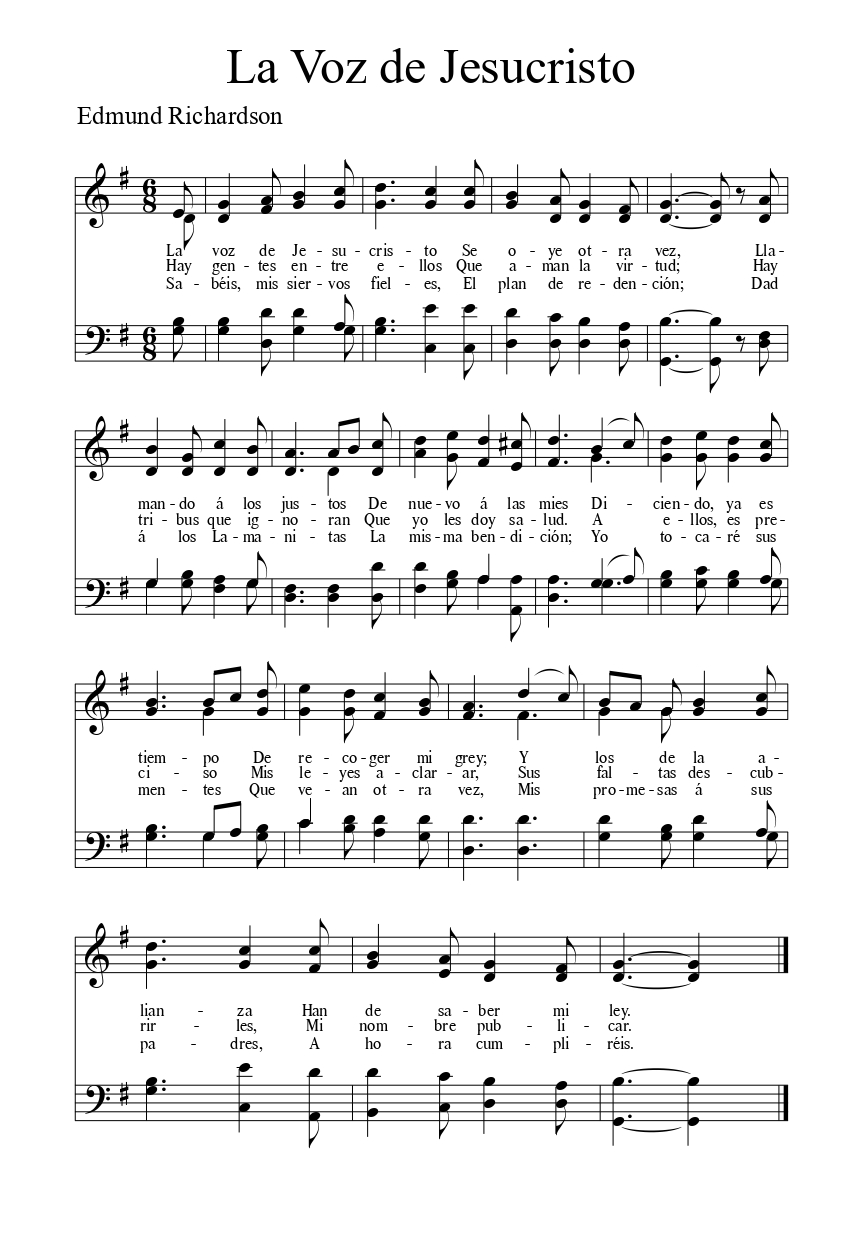
“La Voz de Jesucristo”
As mentioned previously, Edmund Richardson seems to have had a particular interest in linking indigenous Mexican peoples to the Book of Mormon narrative and “La Voz de Jesucristo” is the third example of this. For some relevant historical analysis, see the following posts:
-
My Atheist Conversion, Part 2: Spiritual Experiences
In part one, I talked about coming to the conclusion of deciding to both be an atheist and also remain as bishop a year or so into my time as bishop. Part of the conundrum that I was working through was how I felt about my spiritual experiences. I mentioned in my last post that…
